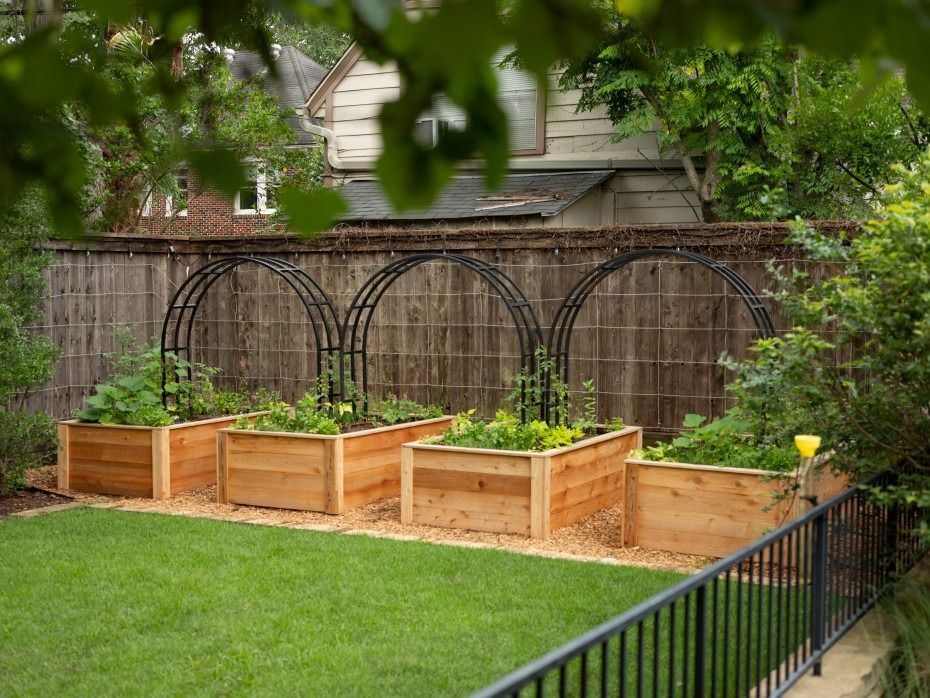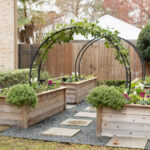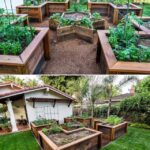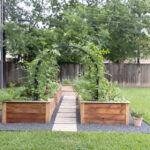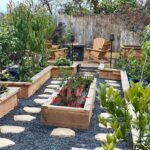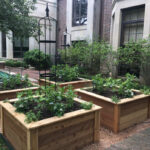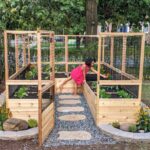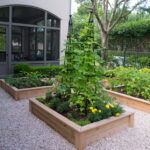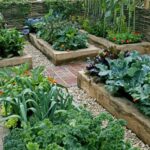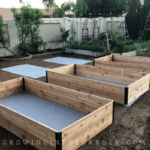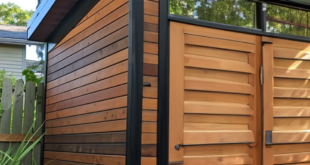Raised garden beds are a popular choice for many gardeners looking to maximize their space and create a more organized and manageable garden layout. When planning the layout for your raised beds, there are a few key considerations to keep in mind to ensure a successful and visually appealing garden design.
One important factor to consider when designing the layout for your raised garden beds is the amount of sunlight that each bed will receive. Make sure to place your beds in an area that receives at least six to eight hours of sunlight per day, as most vegetables and flowers require ample sunlight to thrive. Consider the orientation of your beds as well, as taller plants should be placed in the back of the garden to avoid shading smaller plants in front.
Another key aspect to keep in mind when planning the layout for your raised garden beds is the accessibility of each bed. Make sure to leave enough space between each bed to allow for easy access for planting, weeding, and harvesting. Additionally, consider the height of your beds when planning the layout, as taller beds may require additional space around them for easy access.
When designing the layout for your raised garden beds, it is also important to consider the drainage and water needs of your plants. Make sure to place your beds in a location that allows for proper drainage, as waterlogged soil can lead to root rot and other issues. Consider incorporating a drip irrigation system or soaker hoses to ensure that your plants receive the right amount of water.
In addition to considering the functional aspects of the layout, think about the aesthetic appeal of your raised garden beds as well. Use a mix of colors, textures, and heights when selecting plants for your beds to create visual interest and add dimension to your garden design. Consider incorporating trellises, arbors, or other vertical elements to add structure and height to your garden layout.
Finally, when designing the layout for your raised garden beds, consider the overall size and shape of your garden space. Take into account any existing features such as trees, fences, or structures that may impact the placement of your beds. Think about how you can maximize space and create a cohesive and visually appealing garden design that complements your home and landscape. With careful planning and attention to detail, you can create a beautiful and productive garden layout with raised beds that will bring joy and satisfaction for years to come.
